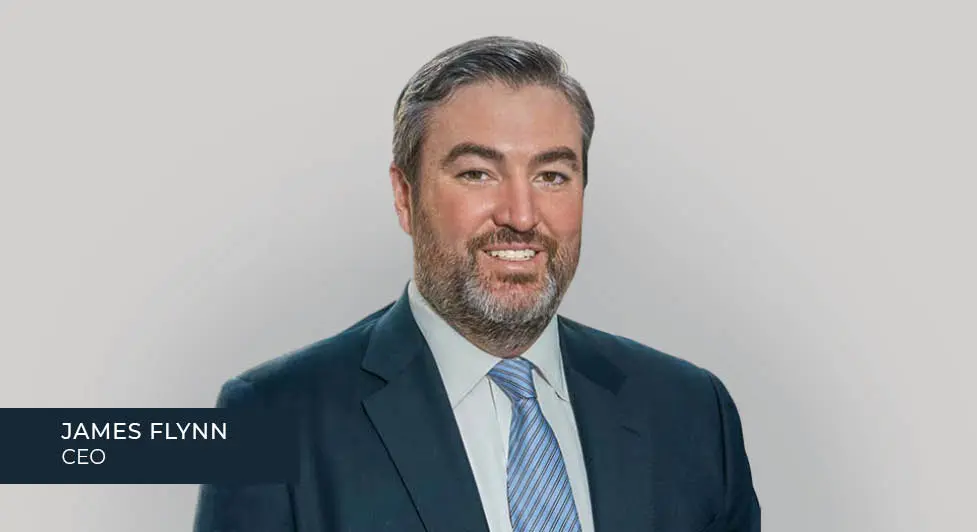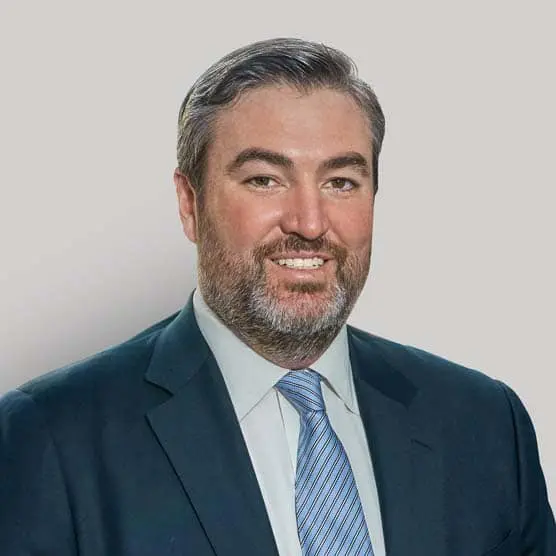Experts See 2023 as a Transitional Year
The 2010s were marked by record low interest rates, high employment, and capital markets that rose like clockwork year after year. Looking back through the lens of the COVID-19 pandemic, however, we can see this period for the anomaly it was. And thanks to the pandemic, we are not likely to see a return of these conditions in the foreseeable future.
Over the last two years, we have watched the repercussions of the pandemic unfold. Since the beginning of 2021, we have seen supply chain disruptions, persistent labor shortages, and record rent growth. We have watched as value leaked from the stock and bond markets, and inflation moved from goods to services. And we have watched Federal Reserve raise interest rates 450 basis points since March of 2022.
To gain a well-rounded view of what to expect as the year unfolds, we asked economist Ken Rosen and investor Bill Doogan to join us on January 18 for our most recent Lument In Conversation webcast: The Multifamily Market Under a New Economic Paradigm.
Ken is chairman of the University of Berkeley’s Haas Fisher Center for Real Estate and Urban Economics, and Bill is a veteran multifamily investor and CEO of Interurban Companies.
Their conclusion: 2023 will be a year of transition. By year’s end, multifamily investors can expect to see the economy stabilize, interest rates turning around, and more deals penciling out.
Here are the highlights of our discussion (you can view the webcast below in its entirety).
The Economy Is Undergoing a Paradigm Shift
Ken has popularized the view that the economy and multifamily market are undergoing a paradigm shift. As he told the In Conversation audience, a number of elements define this new normal. The most saliant is inflation. After 40 years of inflation in the 2% to 3% range, the pandemic kicked off goods inflation, which has since morphed into harder-to-contain services inflation. And while inflation peaked at 9% in 2022 and is coming down, Ken believes it will stabilize at levels we haven’t seen in decades—between 4% and 5%. And while onshoring will help compensate for inherent weaknesses in a globalized supply chain—Ken cited plans for breaking ground on 38 major industrial facilities in the U.S—the costs of local production will contribute to inflation.
With higher inflation, the era of so-called free money has come to an abrupt end. Ken asserted that while we may see some volatility—in January 2023, the 10-year treasury dipped slightly below 3.40%—we can expect rates to settle in the 4.50% range, absent a hard landing or an external shock. With $7 billion added in COVID-related debt, the current $31 trillion federal debt puts a floor on how low interest rates can go.
Multifamily Is Experiencing a Paradigm Shift of Its Own
For multifamily investors, these higher interest rates are, for the moment, a major stumbling block, but there are a number of other pandemic-induced changes that have also reshaped the market. Many of these are economic in nature. Ken pointed out that postpandemic construction costs have gone up 30%, driven by supply chain disruptions and labor shortages, putting a damper on new construction. And Bill noted that each one of the new facilities Ken mentioned could become a locus for multifamily development, reshaping investment decisions.
Other changes have to do with the nature of work. Both Bill and Ken remarked that the pandemic has forever blurred the distinction between office and home. Not only are office workers looking for larger rentals that can accommodate their home office, but a subset can also now work and rent from anywhere—and they are moving to places that combine higher quality of life with lower costs of living, often transforming the fundamentals of these markets in dramatic ways.
Compounding these pandemic-related changes, noted Ken, is a subtle demographic shift. For multifamily, the 2010s were the decade of the Millennial. Young people revitalized central business districts of cities across the county, redefined the amenity packages developers offered, and, as they were priced out of gateway cities, led the migration to the Sunbelt. Now in their thirties, they are leaving the rental market for home ownership. While the number of young renters will continue to grow, it will not grow as fast as in prepandemic times.
Cap Rates Will Be the Last Element to Fall into Place
Rising interest rates have begun to push cap rates up, and Bill and Ken see them continuing to rise over the course of the year, but at a gradual pace. There are a number of elements at play. Slowing their rise is, as Bill noted, the natural reluctance of sellers to adjust to the new interest rate environment. Another factor is what Ken called the “institutionalization of multifamily over the last decade… Everyone wants to buy multifamily.”
On the other hand, weaker fundamentals are putting upward pressure on cap rates. “Over the last 18 months,” Ken said, “we have seen the biggest rent increase in history, but it is now flattening out and slightly negative in some markets.” At the same time, expenses are on the rise. “While the cost of materials has finally started to decline,” Bill said, “gas, labor, insurance, and taxes are all going up.” Their point: if investors don’t anticipate significant rent growth and expect costs to increase, they will stay on the sidelines until cap rates make more sense.
Both Bill and Ken felt that there are a number of factors in play that will ultimately lead owners to sell at more reasonable valuations. Bill pointed to investors with adjustable-rate mortgages with expiring caps who are facing sharp interest increases. “These people are going to refinance with a short rate for three-to-five years or they are going to sell,” he said. Bill also noted that some sales will be driven by fund managers who have to return capital to their investors. And both agreed that in the background, there is a generational shift in ownership starting to get under way, as investors in their 70s and 80s dispose of long-held properties.
The Sweet Spot: B Product in Secondary and Tertiary Markets
In making his investment decisions, Bill said he uses the average income of recent high school and college graduates during their first five years after graduation as his starting point—$40,000 to $60,000. He calculates that the most they can afford for a one-bedroom apartment is $1,000 a month. “My strategy is to buy, improve, and hold solid B garden-style apartments, typically from the 1990s and earlier,” he said. “In my view, this is where the American tenant base is now and will be for the next 10 years.” Bill concentrates his investments in suburban, secondary, and tertiary markets that have prospects for solid job growth.
Ken agreed—and added that while over a half million apartments are going to be delivered this year, they will mostly be concentrated in markets like Austin, Phoenix, and Salt Lake City that benefitted from in-migration during the pandemic. “There’s nowhere near the supply coming to secondary and tertiary markets,” he said. “And with construction costs what they are, it’s virtually impossible to build new B product.”
The Outlook for 2023 and Beyond: Reasoned Optimism
As cap rates and interest rates come into better alignment, both guests told the In Conversation audience that they see multifamily activity gradually picking up steam as the year progresses, punctuated by bursts of activity when rates rally. By 2024, they believe the paradigm shift will be complete. Both commentators see multifamily cap rates in the 4.25% to 5.0% range. Ken sees interest rates dropping to 4.0% on the 10-year treasury, while Bill is a bit more optimistic, seeing them fall to 3.5%, adding, “In these circumstances, deals start to pencil out.”
Watch the webcast recording The Multifamily Market Under a New Economic Paradigm

